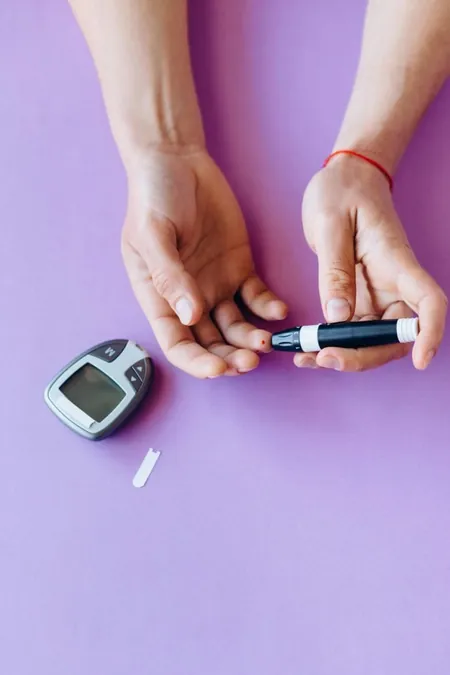
The Game-Changer: GLP-1 Drugs Join WHO's Essential Medicines List!
2025-09-19
Author: Siti
Unlocking Access to Essential Medicines
Essential medicines are the backbone of effective healthcare, designed to treat the most pressing needs and made affordable for everyone. The WHO pioneered an essential medicines list decades ago, starting with just around 200 drugs. Fast forward fifty years, and this list has expanded to include over 500 vital medications, including the recently added GLP-1 agonists, which have been making waves for their effectiveness in managing metabolic conditions.
What Does This Mean for Availability and Prices?
Although GLP-1 drugs like semaglutide (the active ingredient in Ozempic and Wegovy) were already gaining popularity for treating type 2 diabetes and aiding significant weight loss, their official inclusion in the WHO Essential Medicines List is a game changer. Currently priced between $700 and $800 per month in the U.S., this recognition aims to pave the way for equitable access globally.
Amy C. Reichelt, a neuropharmacologist, emphasizes that the WHO's endorsement signals a commitment to making these drugs accessible. Beyond diabetes management, GLP-1 agonists are also recognized for their positive effects on body weight, heart health, and kidney function.
How Do GLP-1 Agonists Work?
Semaglutide and its counterparts (like dulaglutide and liraglutide) act by mimicking a hormone called GLP-1, which is crucial for insulin production and appetite regulation. In patients with type 2 diabetes, the body's insulin response is often impaired, but by enhancing insulin signaling, these medications can effectively control blood sugar levels and support weight loss.
A Broader Impact: Diabetes Care in Developing Countries
With around 830 million individuals living with diabetes worldwide—a figure that has skyrocketed since the 1990s—there's an urgent need for more affordable treatment options, particularly in low- and middle-income countries. While the WHO has not yet listed GLP-1 agonists exclusively for obesity treatment, their use for managing diabetes related to obesity is a significant advance.
The Path Ahead for GLP-1 Generics
Given the high cost of medications like semaglutide, there's a clear push for cheaper generics. Dr. Reddy’s Laboratories, for example, is gearing up to launch affordable versions in multiple countries. However, existing patents complicate a swift market entry, especially in countries like the U.S. where patents don’t expire until 2031.
A Shift in Treatment Paradigms
The recent WHO listings reflect a monumental shift in how we view metabolic diseases. With biopharmaceutical companies developing newer GLP-1 agonists that could outperform existing treatments, the future looks promising. Clinical trials of combination drugs and dual agonists indicate groundbreaking potential to shift the diabetes care landscape.
Final Thoughts: A New Dawn for Metabolic Health
The inclusion of GLP-1 agonists in the WHO Essential Medicines List is not just a bureaucratic formality; it is a pivotal step towards ensuring these crucial treatments are accessible and affordable. As we turn our eyes toward the future, it’s clear that addressing metabolic health should be at the forefront of global health priorities, paving the way for a healthier world.


 Brasil (PT)
Brasil (PT)
 Canada (EN)
Canada (EN)
 Chile (ES)
Chile (ES)
 Česko (CS)
Česko (CS)
 대한민국 (KO)
대한민국 (KO)
 España (ES)
España (ES)
 France (FR)
France (FR)
 Hong Kong (EN)
Hong Kong (EN)
 Italia (IT)
Italia (IT)
 日本 (JA)
日本 (JA)
 Magyarország (HU)
Magyarország (HU)
 Norge (NO)
Norge (NO)
 Polska (PL)
Polska (PL)
 Schweiz (DE)
Schweiz (DE)
 Singapore (EN)
Singapore (EN)
 Sverige (SV)
Sverige (SV)
 Suomi (FI)
Suomi (FI)
 Türkiye (TR)
Türkiye (TR)
 الإمارات العربية المتحدة (AR)
الإمارات العربية المتحدة (AR)